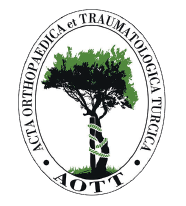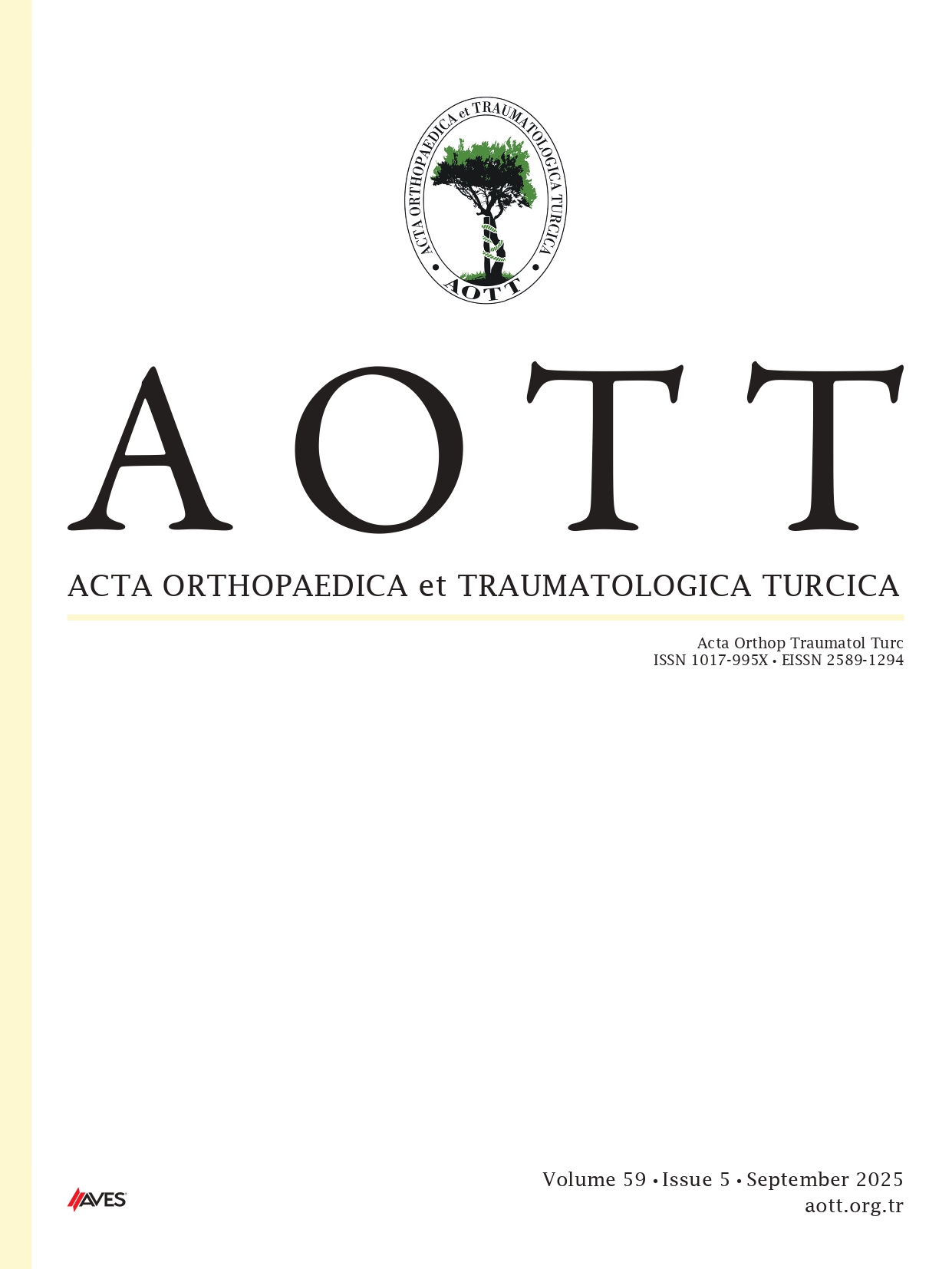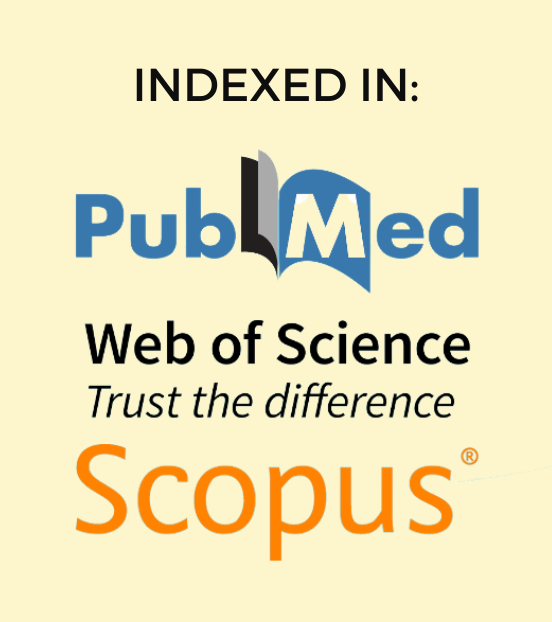Objective: Glenoid-version-measurement methods were initially defined for computed tomography (CT) but are now used for magnetic resonance imaging (MRI). However, their accuracy and reliability on MRI have not been thoroughly investigated. The aim was to determine the accuracy of these methods on MRI and compare their reliability, hypothesizing that MRI could provide accurate measurements similar to CT using all 3 methods, with the Matsumura method having the highest reliability.
Methods: Glenoid-version measurements of 40 patients (14 female, 26 males; mean age 46.5 ± 17.9 years) with glenohumeral instability were performed using the Friedman, Poon and Ting, and Matsumura methods on MRI. These measurements were compared to those on 3-dimensional corrected slices of CT scans to evaluate accuracy. Reliability was assessed by 2 observers who repeated MRI measurements after 2 months.
Results: All methods demonstrated favorable accuracy. The Friedman and Matsumura methods exhibited good interobserver reliability [intraclass correlation coefficient (ICC)=0.78 (0.58-0.88) and 0.89 (0.79-0.94)], while the Poon and Ting method showed moderate reliability [ICC=0.71 (0.44-0.84)]. Intraobserver reliability was excellent for the Matsumura method [Observer 1 ICC=0.96 (0.93-0.98), Observer 2 ICC=0.86 (0.95-0.99)], good for Friedman [Observer 1 ICC=0.77 (0.57-0.88), Observer 2 ICC=0.82 (0.67-0.91)], and moderate to good for Poon and Ting [Observer 1 ICC=0.68 (0.39-0.83), Observer 2 ICC=0.82 (0.65-0.9)].
Conclusion: All 3 methods can be used confidently for MRI measurements, matching the accuracy of CT scans. The Friedman and Matsumura methods demonstrated higher interobserver and intraobserver reliabilities.
Level of evidence: Level III, diagnostic study.
Cite this article as: Karademir G, Tunalı O, Atalar AC. Glenoid-version-measurement methods on magnetic resonance imaging: accuracy and reliability analysis. Acta Orthop Traumatol Turc., 2025;59(2):93-99.



.png)
.png)
